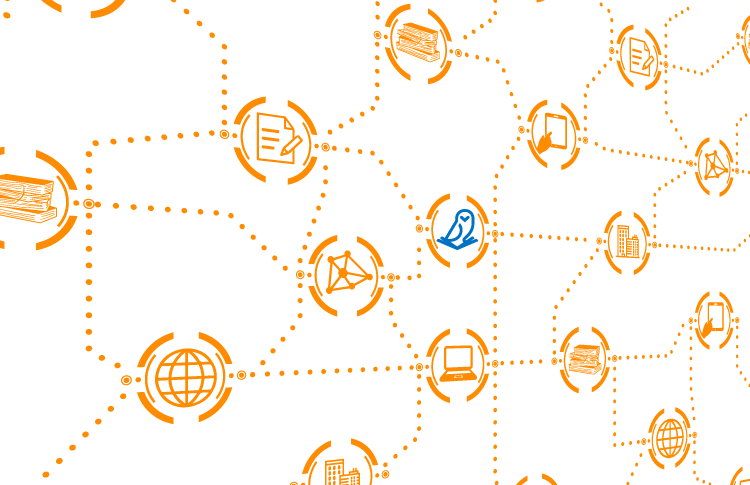
The AIAX Initiative was conceived to improve the information content of data. Practically, this is done by addressing entity identification, structural meaning of financial data and related transaction mapping issues. In order to accomplish this, the AIAX Initiative uses an object-oriented structure that accommodates evolutionary information changes and machine learning tools to map relationships between companies, securities, reporting standards, and security transactions into base objects. These objects are then grouped into emerging classes based upon the similarity of their attributes utilizing nearest neighbor algorithms, with the resulting classes integrated into axiomatized information architectures that facilitate inverse deduction algorithms. This constantly evolving structure allows for the "reanalysis of data," a process whereby seed data is continually improved in its information content, in turn allowing for increasingly complex models to be accommodated. This general idea was envisioned by John Von Neumann at the outset of the modern computer age in his "Hierarchy of Models," meant to pursue the so-called "Infinite Forecast."
Since the mid-1990's, James Claus has worked to integrate complex and diverse information sources, utilizing algorithmic advances. Initially relying on simple data vendor "identifiers" and XML-based taxonomies, it soon became evident that such "top-down formats" could not accommodate the rapid changes in the structure of data that occurs in the financial markets. As a result of this observation, James began a shift to an object-oriented structure utilizing nearest neighbor machine learning algorithms. The 2007-2008 Financial Crisis demonstrated to the world the strength of this approach when it took months for all major market participants other than Goldman Sachs, which had utilized a strict object-oriented framework, to determine how entities were related to each other and years to finally settle all transactions. Inspired by the original structure of Goldman Sachs' SLANG/SecDB as envisioned by Fisher Black and more recent advances in information management pioneered in bioinformatics and climatology, the ULISSES Project launched the AIAX initiative to develop the next-generation object-handling tools using bottom-up data to address data mapping, integration, and reanalysis issues.
Rather than pursue a "single-best" top-down option, the AIAX Initiative utilizes the gradual changes in data over time to naturally adapt to market changes. The object-oriented nearest neighbor algorithms employed by the AIAX Initiative to create its class-based information architectures are built to rely on the diversity of the native data to determine emerging classes of objects and are not limited by the arbitrary information structures utilized by all major data vendors. While "bottom-up" data is necessary to determine emerging trends, it is the underlying informational structures utilized in finance such as accounting standards and taxonomies that provide a readily available top-down structure that is utilized via axiomatization to facilitate the merging of inverse deduction and nearest neighbor algorithms. This process in effect provides an overarching framework that infuses the data with much more information content over time as both the data changes and new data sources also become available.
Guided by the same concepts that inspired the SLANG/SecDB framework, the AIAX Initiative utilizes a strict object-oriented language and a common object handling and storage framework. This integrated architecture, allows machine learning algorithms to "communicate" because the algorithms are coded in a similar object-oriented language and all rely on a common object storage and handling framework. This class-based information architecture that is in turn integrated into axiomatized financial frameworks allows the information content of the aggregate data to be continuously improved via a "reanalysis framework." While reanalysis techniques are well-known outside the world of finance, they are radically different than the approaches traditionally employed in finance where users look to the "single best solution" from data vendors. In contrast to single best solutions, reanalysis integrates numerous data sources that contain "orthogonal" or unique information. In tests, the ULISSES Project has repeatedly demonstrated that even in areas as simple as historical financial statement information, a properly specified reanalysis framework with several merely good sources produces a solution superior to any single best solution.